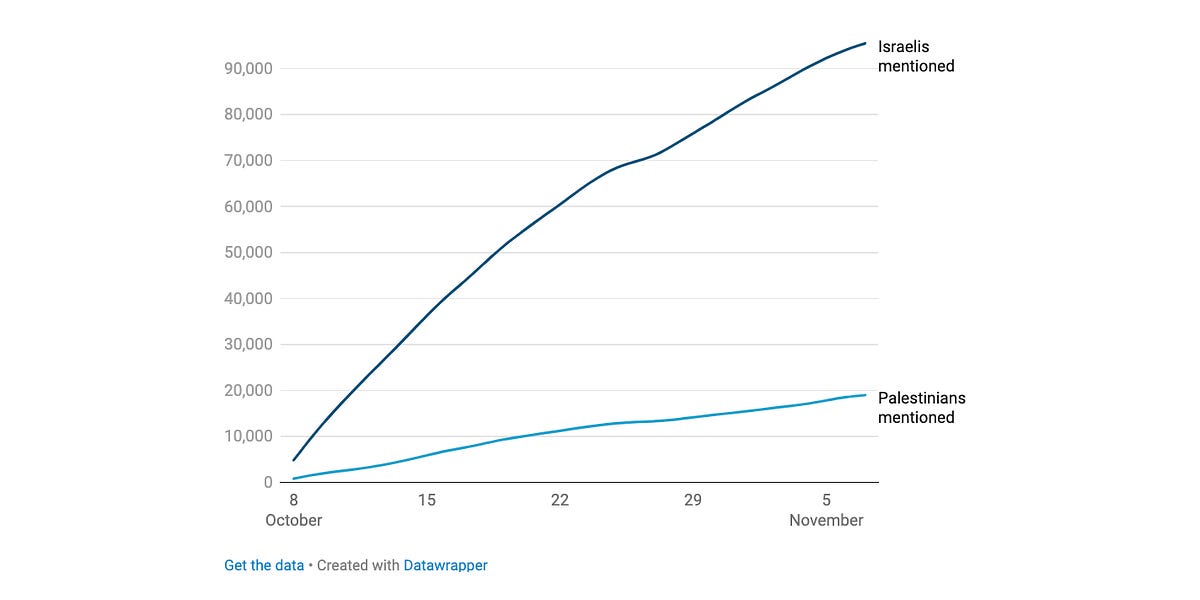 thread
threadDude is a left wing Israeli in Tel Aviv
 thread
threadI don't think it'll escalate. Iran attacked Balochi area in Pakistan and the Pakistanis attacked Balochi area in Iran tonight. They''re going to spin it as them attacking seperatist groups to save face...i was kinda removed from this and didn't realize iran and pakistan were going at it. this is the first time i've been a little concerned about the hostilities spreading further....Both countries are really lookin for a reason to pull that 'bigger' trigger that would start the next WW
Already spun...I don't think it'll escalate. Iran attacked Balochi area in Pakistan and the Pakistanis attacked Balochi area in Iran tonight. They''re going to spin it as them attacking seperatist groups to save face...
Already spun...



The mentions of Palestinians ‘massacred’ did not increase with the actual number of Palestinian massacred.Israel
1.“…here are several videos that you can watch and see exactly what happened. they are very, very, difficult videos to watch. this was a massacre.”
2. “…some of the videos and the pictures that i saw room minded me of the massacre in bucha by russian forces in ukraine. dozens and dozens of bodies of”
Palestine
1. “…rushed the israeli consulate in istanbul. they are all reacting to what palestinians call a massacre. that explosion at the -- hospital in gaza city.
2. “…blast. that has inflamed already high tensions across the region. nbc's richard engel has more. -- palestinians call it a massacre and say -- “
Note that Children are “assaulted in barbaric ways” by “terrorists” but Palestinian children are simply “left to die” (presumably by their heartless parents) “under Israeli bombardment.” The former is deliberate, cold, ideological; the latter, passive, sterile, reluctant—and potentially also the responsibility of Palestinians.This war has produced deeply horrifying images: Israeli children assaulted in barbaric ways by Hamas terrorists; Palestinian children left to die under Israeli bombardment. It’s a war in which we’ve all looked into the abyss.



While the war on Gaza has been one of the deadliest in modern history for journalists — overwhelmingly Palestinians — the word “journalists” and its iterations such as “reporters” and “photojournalists” only appears in nine headlines out of over 1,100 articles studied. Roughly 48 Palestinian reporters had been killed by Israeli bombardment at the time of the truce; today, the death toll for Palestinian journalists has topped 100. Only 4 of the 9 articles that contained the words journalist/reporter were about Arab reporters.Despite Israel’s war on Gaza being perhaps the deadliest war for children in modern history, there is scant mention of the word “children” in headlines.